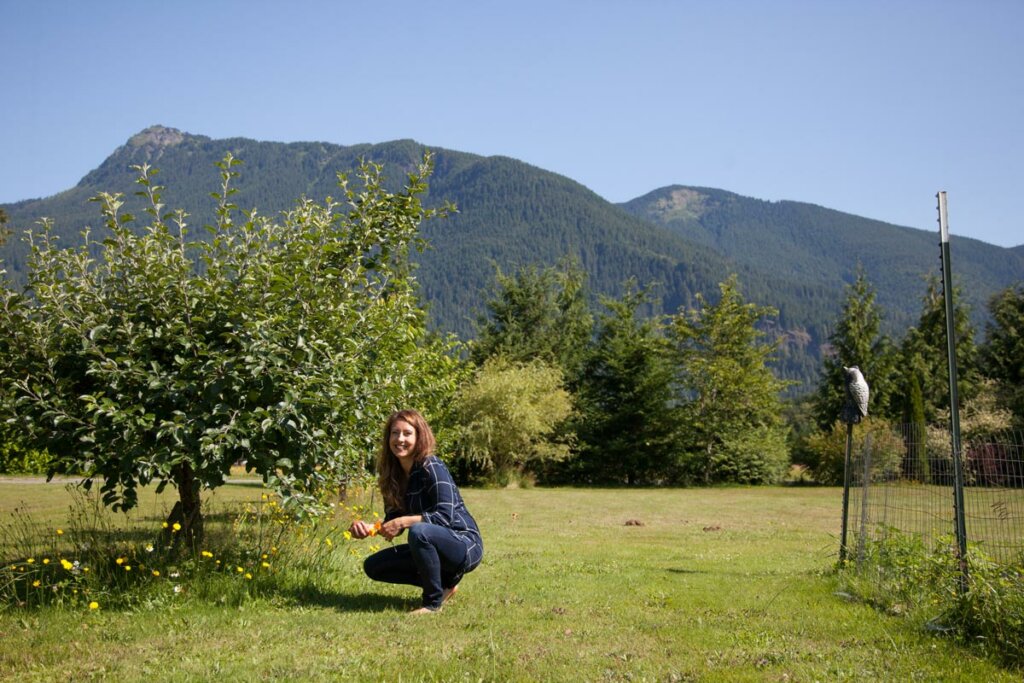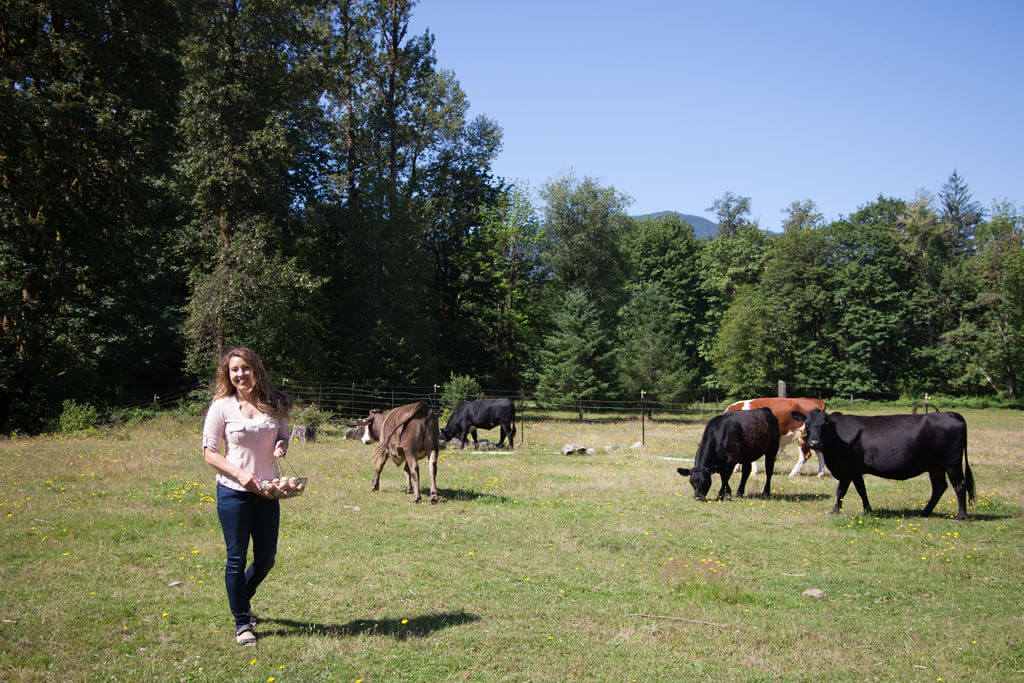When buying a new homestead property, especially when it’s raw land, it can easily become overwhelming at all that needs to be done to establish it into a well-functioning homestead. Learn the steps to take (and which NOT to take) to avoid that overwhelm and enjoy the process.

This podcast episode is actually a recording of one of my Pioneering Today Academy member coaching calls.
If you’d like to join the Academy, you can sign up to get on the waitlist here.
Today I’m chatting with Stephanie, who is looking to buy some raw land and start from scratch with a new homestead. Her plan is to put yurts up on the property, have a large garden, and even raise chickens, ducks, goats, and possibly even a donkey!
She would like to live a more self-sufficient life, leaning into what she and her family can do themselves instead of relying on stores.
See the list of topics we cover in this episode below, and be sure to click through to any posts you may find helpful!

Table of Contents[Hide][Show]
In This Episode
We cover a lot of topics in this podcast. I’ll note some of the highlighted topics below, then link to other blog posts that will help to research in deeper detail.
- Who is Stephanie and what is she and her family wanting to do with their new property.
- Considering frost lines when planning garden spaces or where to plant fruit trees, fruit bushes, and gardens. Read more on time-saving tips for new gardens, and the 8 common mistakes made by new gardeners. Also check out how many fruit and berry bushes you need to plant per person, how to prune and care for blueberry bushes, how to prune raspberries, and when and how to plant fruit trees.
- Mapping out the layout of the property and where things will go BEFORE planting to avoid needing to replant items later on. See this post on permaculture gardening for beginners.
- Use non-permanent structures for animals while you’re learning the layout of your land before deciding on the final placement of the permanent structures. Read more on raising backyard chickens.
- When possible, use temporary fencing until you know the permanent layout of where you want your animals to be. (Check out my podcast I did with Joel Salatin where he helped me figure out how to improve my land by rotating our cattle.)
- Purchase and plant perennial fruit and berry bushes using grow bags until you know where their forever home will be. (This is also a great idea if you’re planning on moving to a different home, plant them in grow bags and take them with you!)
- Which animals are best to start with? Read more about raising pigs here.
- Verse of the week: Ezekiel 22:30
More Homesteading Articles
- How to Buy a Homestead – What to Look For
- How to Prepare Your Homestead for Selling
- What to do When Homesteading Gets Tough
- What To Do FIRST On Your Homestead (Or What To Do NEXT)
- Self Sufficient Homesteading Tips for the Long Haul
- What To Do When Your Family Isn’t Onboard with Homesteading (Or Something You’re Passionate About)
- Avoid Overwhelm – Choosing What’s Right for Your Homestead
- How to Earning a Living from Your Homestead
- Commonly Believed Homesteading Myths


